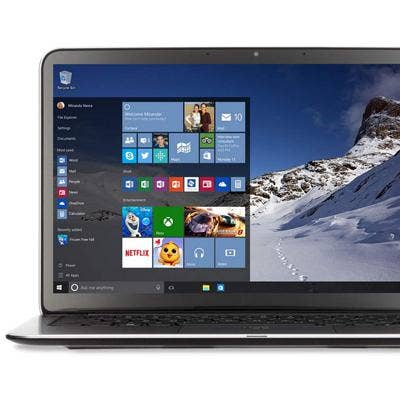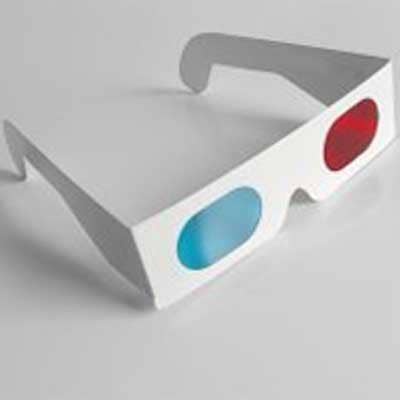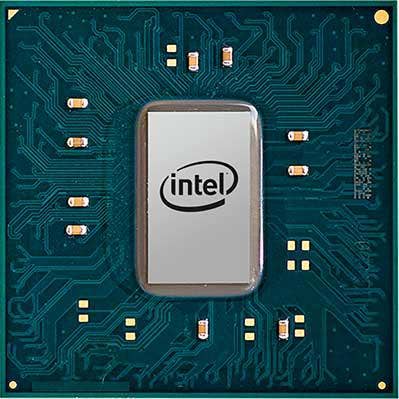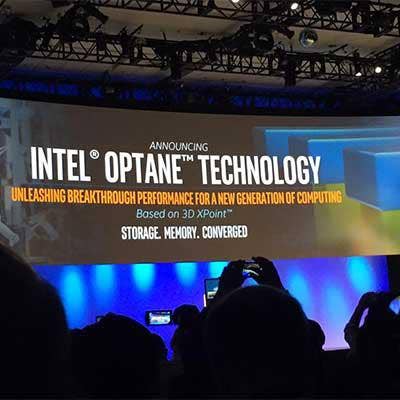5 Things Partners Need To Know About Intel’s New Kaby Lake Architecture
Intel Talks Kaby Lake At Computex
Intel made a splash at this week's Computex tech confernce in Taipei, focusing on its forthcoming Kaby Lake chips, which will succeed the 14nm Skylake architecture released last fall. Solution providers expect that the new architecture refresh will yield smaller and faster CPUs, which will ultimately lead to more PC sales.
A year ago, Intel said it was delaying its 10nm Cannonlake microarchitecture, which represents a "tock" in Intel's "tick-tock" schedule.
Intel will delay the Cannonlake microarchitecture and instead offer a new microarchitecture that is a 14nm derivative of Skylake, dubbed Kaby Lake. Intel said at Computex this week that Kaby Lake would become available by the end of the year. While the full specifications for Kaby Lake have not yet been released by Intel, a few important details will be critical for partners. Here's a look at some of the biggest.

Cannonlake Delays
Intel's 10nm Cannonlake microarchitecture was delayed until the second half of 2017, while the Santa Clara, Calif.-based company said that its 14nm Kaby Lake refresh would be released in the second half of 2016.
This marks a disruption in Intel's ’tick-tock" schedule; while the "tick" symbolizes a reproduction in node size, "tock" represents a new architecture—in March, Intel announced a new ’tick-tock’ model would produce three generations of processors produced with a single manufacturing process, so that its Broadwell, Skylake and Kaby Lake architectures would all be 14nm.

Exclusive Support For Windows 10
In January, Microsoft said that Windows 10 would be the only supported Windows platform for Intel's Kaby Lake processors.
This announcement means that the new CPUs won't support Windows 7, as Microsoft and Intel jointly try to prod customers into upgrading to the newest operating system version, which was released last summer.
Meanwhile, for customers with Skylake processors, Microsoft will cease to issue performance and security updates for Windows 7 and Windows 8.1 in 2017. Windows 7 will be officially discontinued in 2020, according to Microsoft.

U pgraded Specs
According to Intel, Kaby Lake will improve performance in 3-D graphics, as well as improve 4K video playback performance.
One of the biggest upgrades disclosed so far is that Kaby Lake will add native USB 3.1 support—Skylake motherboards require a third-party add-on chip to provide USB 3.1 ports. USB 3.1 is significantly faster than previous versions of USB.
Kaby Lake will also feature TDP (Thermal Design Power) of up to 95 watts, as well as support for HDCP (high-bandwidth digital copy protection) 2.2, support for DDR3L and DDR4, and support for Thunderbolt 3.

Apollo Lake
Intel at Computex also said Kaby Lake processors would be accompanied by entry-level Apollo Lake processors, which are slated for budget 2-in-1s and notebooks. According to Intel, these processors will also launch by the end of the year, and will tout 4K and USB-C support for entry-level devices.
Apollo Lake, which will succeed Intel's Airmont-based Cherry Trail Atom processors, will also be manufactured at a 14nm process and will be based on Intel's Goldmont CPU graphics core.

Optane Support
Kaby Lake is slated to support Intel's new Optane technology, which combines 3-D XPoint non-volatile memory media with Intel's advanced system memory controller, interface hardware and software IP.
Intel unveiled its Optane memory technology in July 2015, and at Computex said that the technology is on track to be released at the end of the year.